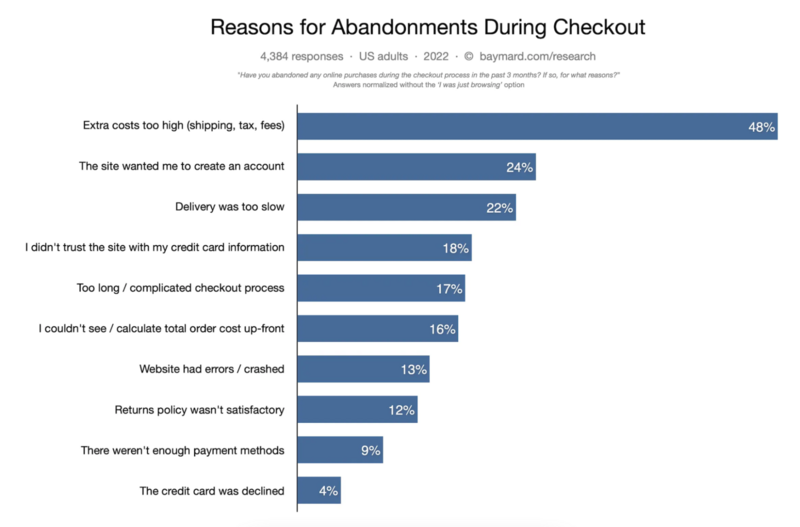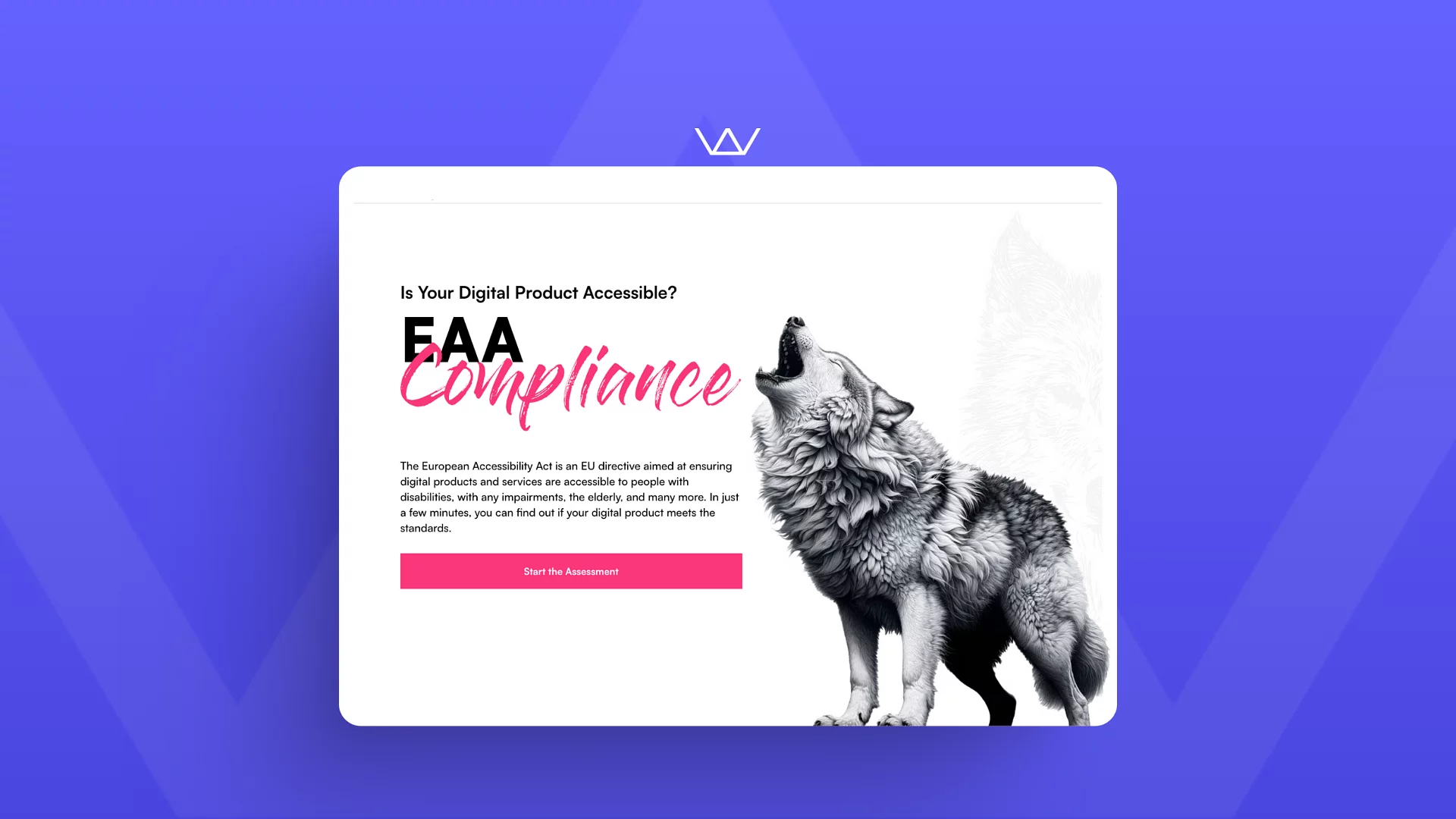
How to Optimize Your E-commerce Platform for the Golden Quarter
David
Marketing Specialist
7 min
Nov 15, 2022
Black Friday and the winter holidays season are here. Our social media feed and email inboxes are going to be filled with dozens of promotions, special bundles, huge sales, and so on. Marketers and merchandisers made the preparations for this quarter way ahead in terms of maximizing profit and offering a great shopping experience for their loyal customers.
The end of November is just like the calm before the storm; your peaceful Thanksgiving dinner will soon be turned upside down in just less than 24 hours when Black Friday will hit the sales timer. The countdown and the following few hours will be extremely crucial for retail businesses since this is that one day when you go big, or you go bigger.
And when would it be the best time to talk about e-commerce if not now?
Prepare everything ahead, the Golden Quarter is coming 💪
While the holiday season brings many exciting moments, consumers, providers, and sellers also watch this season more carefully. The fourth quarter, or the Golden Quarter in e-commerce, is a great opportunity for all resellers to boost their annual revenue and close a successful year. The Golden Quarter is like a black hole; if you enter unprepared, you won’t know what will await you on the other side.
On one hand, it is an exciting period, but on the other hand, it is also challenging. If you are running an e-commerce platform, you already know what I'm talking about.
Let’s take a quick overview of last year’s Black Friday stats:
- Approximately 13% of all retail sales in the US occur between Black Friday and Christmas;
- The average US citizen saved an overall 24% on Black Friday sales in 2021;
- In the United States, shoppers spent $ 8.9 Billion during Black Friday in 2021.
Indeed it is the season of giving, but it is also about making profit and delivering the best experience to your customers. 🚀
It is not just about the revenue but… 🎯
When we're thinking about e-commerce KPIs and metrics, most of us are thinking about revenue, but what if I tell you that revenue is just one piece of the story, but not necessarily the only goal from a business perspective in this period?
AOV (Average Order Value), AVT (Average Transaction Value), and UPT (Units per Transaction) are just a few metrics you might want to prioritize, not just during the holiday season but for the rest of your business calendar.
I'm sure we're all familiar with these terms, but just for the sake of it, let's make a quick recap:
- AOV (Average Order Value) is a key indicator that shows the average amount of money spent by customers on orders placed on a website or mobile app. To put this from a math perspective, AOV = the total amount of revenue/number of orders.
- ATV (Average Transaction Value) is also a key indicator, but this one shows the average amount of money spent by a customer per a single transaction. ATV = The total value of transaction/number of transactions.
- UPT (Units per Transaction) is a metric used in retail and e-commerce to determine and understand the average number of products bought from a given transaction. UPT = The number of units sold / number of transactions.
While, in essence, each metric mentioned above has some kind of similarity, all of them show us a different perspective that leads us to understand in more depth our shopper's behavior and therefore help us to optimize our e-commerce platform for the better.
To put all of this in a practical and technical perspective, besides revenue, we should pay attention to all those three leading indicators to maintain sustainable growth with less technical effort in the long run.
More sales with less traffic 📊
One of the main goals as an online retailer in the holiday season (and not just) is to obtain a higher UPT, meaning that with fewer transactions, we could sell more units at the same time. By this, we will also increase our AOV since the average order value will automatically increase if the number of branches increases with a single transaction, and thus ATV will see growth as well.
If one of our main objectives is to improve these metrics, in that case, with less amount of traffic (but with more qualified, loyal, and well-informed users), we'll be able to obtain a higher amount of revenue in the long run. Therefore we won't face any critical server damage if we're not prepared for a massive amount of users on our website.
Now the big question is how we are going to achieve that. In the following sections, We will leave a few practical insights and best practices that will help you grow your favorite metrics and improve your customer experience on your website or app for better engagement.
1. Great user experience & mobile responsiveness 📲
I know you have heard this a lot, but a well-designed website or mobile app that uses the latest UI/UX best practices with the latest technology is a game changer.
Analyze your data on a consistent basis and adapt your platform to your user's needs. Since, in most cases, we're all limited by a specific timeline or lack of resources, the best option here is to extract the most crucial information and use all of your resources smartly.
We all know that in e-commerce, mobile usability has increased drastically lately; still, the majority of the purchases are done via desktop. Meaning that users discover new brands and products by browsing through them on their mobile devices, yet they still trust more, when it comes to purchasing their favorite products, websites accessed via their desktop.
However, there is a strong trend towards moving the purchasing experience to mobile apps, because the conversion rate for mobile apps users is overall higher, with mobile app users being more likely to be returning users!
The best scenario would be if you would be able to optimize your online store on all devices in the same way, but if you have a lack of resources, updating your mobile version to focus on product discovery while optimizing your desktop for transaction purposes is a budget and resource-friendly approach for the short term.
You can make your e-commerce responsive to mobile devices, adapt your layouts in the best way to suit your user, or update your category pages or PLPs (Product Listing Page) to increase product discovery and focus your checkout funnel optimization effort more on your e-commerce website.
2. Content management and SEO 🤔
High-quality and informative images & SEO best practices are other essential elements. At the same time, most of us tend to neglect this because it is not easy to find a balance between them.
A useful tip here is to use as many visual elements as necessary to fulfill your customers' needs but not too many that will overwhelm your website capabilities. In most cases, if you’re using a well-known CMS (Content Management System), your job is almost done.
However, you should be aware that you might face some kind of limitations when it comes to thinking outside the box or walking that extra mile compared to your competitors. For that instance, a custom CMS might make a difference when it comes to content management and SEO. Working with a web development team which can cover fully-custom and scalable web solutions is a must, in this case.
3. Cross-selling, Up-selling, and No-selling 🚀
A simple and very effective way to increase your AOV and ATV is by using cross-selling and up-selling techniques.
A great and efficient option is to add a carousel on each PDP (Product Detail Page). This can be done using a well-implemented algorithm or AI technology that analyzes your shopping behavior and suggests similar or complementary products based on user search, history, and PDP details. Relevant product suggestions in the form of a carousel can increase your product discovery if done correctly.
While upselling and cross-selling techniques can lead to a high product discovery rate and AOV, we should be careful using this strategy sparingly because it might lead to a high abandoned cart rate if the user enters an up-selling loop.
Be mindful when choosing the rules and triggers of your carousels.
4. Logical structure and hierarchy 🧱
This is pretty straightforward and is not that hard to update if you have a great CMS and a merchant platform.
Make sure that your website or mobile platform follows a logical structure when it comes to navigation and catalog pages. This is relevant, especially if you manage a big product catalog across several brands.
We all know the "three-click rule" which says that every page on your website should take no more than three clicks to access from a user standpoint. Nothing wrong with that, but in case you'll need a fourth layer in your hierarchy, don't be afraid of using it; at the end of the day, your website structure is based on your audience and their shopping behavior.
Thanks to your data, you'll be able to find the best relationship between categories, subcategories, and your products and define the best internal linking strategy that suits your e-commerce platform best.
During the holiday season, we tend to exaggerate our internal linking strategy since we'd like to create unique, promotional, or seasonal categories. It's fine to do so, but use as many promotional categories as your customers can handle.
5. Catalog responsiveness 📒
Always make sure that your catalog is updated and that you're making the best out of it. For example, your catalog could be optimized to trigger impulse purchases. Besides this, your catalog should always be updated based on your warehouse availability; for this, a great merchant tool can make a lot of magic if you automatize it properly.
Remove unnecessary information from your front store, such as product ID, since this is not relevant information for your users but only for you. Make your PDP responsive based on your warehouse availability; a great example of this is if your PLP and PDP CTA's (Call to Actions) are aligned with your product status. In case a specific product is out of stock, make sure to show this information on a PLP or PDP level; this way, you'll reduce the cart abandonment rate and bounce rate on your website.
6. Checkout funnel - the best place to find your abandoned carts 🕵️♂️
If you manage your online store and update everything mentioned above from a technical perspective, the increase in AOV and AVT is imminent, and a great user experience will lead to high customer retention.
Now, we are getting deeper into the checkout funnel and more on the transactional side.
In general, if you notice a huge gap between AOV and ATV, e a lot of your orders have probably failed due to transaction issues; this might be a common issue in e-commerce and is more likely to happen when you have a high traffic volume in a small time frame.
In terms of reducing your cart abandonment rate and increasing your conversion rate, a great start is to use express checkout. A study done by The Baymard Institute shows that 24% of abandonments during checkout are due to account creation blockers.

A/B Testing "Checkout as a guest" alongside usual checkout can highly impact your user's shopping experience for the better by giving them a shortcut in their purchasing process and also the autonomy of deciding how to use their personal data. One express checkout today might give you a returning customer tomorrow.
Besides express checkout, we should always pay attention to how and where we show the subtotal for our users. 48% of users leave their cart due to extra costs, although the price of their products didn't change. Most online retailers tend not to be transparent about their shipping costs, extra fees, or additional taxes, and you should not follow that model. You should always feature your subtotal in your mini-cart, cart page, and throughout your checkout funnel without suffering any changes.
Your checkout should also be short and easy to handle from a user perspective. The best way to do so is to illustrate your funnel flow through the process; this way, your customer will have a perfect overview of how many steps it takes in terms of completing their purchase.
To ensure ecommerce security, it is important to incorporate secure checkout and provide various payment methods. Use secure checkout and offer multiple payment options. A secure payment system will help you to secure your customer's transactions and offer protection to their personal data. There are plenty of options here, and you can implement several security measures, such as TLS (Transport Layer Security) or SSL (Secure Socket Layer) encryption. Multiple payment options, such as PayPal, visa, Mastercard, Google, and Apple Pay, will also make a huge difference when it comes to increasing conversion rates;
PayPal checkout converts 82% higher than a checkout without PayPal, for example.
Let's Recap 🗒️
To recap everything that we should take into consideration to enjoy the holidays shopping not just from a shopper standpoint but also from a retailer’s point of view, we might pay attention to the following:
- Make sure your e-commerce platform uses the latest UI/UX trends and technologies;
- Build your platform to be mobile responsive, in case you don't have a mobile app for it;
- Use high-quality images and SEO best practices to stand out in SERP (Search Engine Results Page);
- Find the perfect balance between up-selling and cross-selling;
- Update your internal linking strategy to perfectly suits your users;
- Make sure you have a logical structure for your online store;
- Create a responsive catalog by automatizing your merchant tool with your front store;
- A/B test express checkout option;
- Show your cart subtotal on different pages, such as mini-cart, cart page, and checkout, without changing the price;
- Use secure checkout and multiple payment options.
The above-mentioned best practices are just the tip of the iceberg that might help you to extract the most of it from your online store.
Don't forget that constant optimization and maintenance are crucial to offering the best shopping experience to your customers, and this can be done using, for example, the Agile methodology.
In case you are looking for more detailed examples of how to build your e-commerce site, you can always check our portfolio; we have a few examples of how to do that. You can also send over your questions and thoughts at contact@wolfpack-digital.com in case you're looking to partner with a great digital solution provider, like us. 🐺
pack knowledge

Q1/2025 Wrap-Up: A New Year, the Same Pack
Oana
Marketing Specialist
7 min
May 9, 2025
2025 started strong for us, with bold new projects published on our website, team celebrations, and impactful community involvement. Recognized by industry leaders and committed to building accessible, high-performing digital products, we are setting the tone for another outstanding year. Here’s to the journey ahead! 🐺✨

Is your digital product ready for the European Accessibility Act (EAA)? Take the assessment to find out!
Oana
Marketing Specialist
5 min
Mar 20, 2025
With the 2025 deadline approaching, ensuring your website or app meets accessibility standards is important. Our free EAA assessment helps you quickly check compliance and identify areas for improvement. At Wolfpack Digital, we specialize in making digital products accessible, user-friendly, and future-proof. Take the assessment today and ensure your platform is inclusive for all users!

How Much Does Web Development Cost? A Complete Guide
Oana
Marketing Specialist
10 min
Feb 26, 2025
Building a website is more than just designing pages—it’s about creating a functional, high-performing, and scalable digital presence that meets your business goals. Whether you're launching a simple business website, an e-commerce store, or a custom web platform, the cost and approach will vary based on complexity, functionality, and long-term needs.


Brief us and let’s work together
